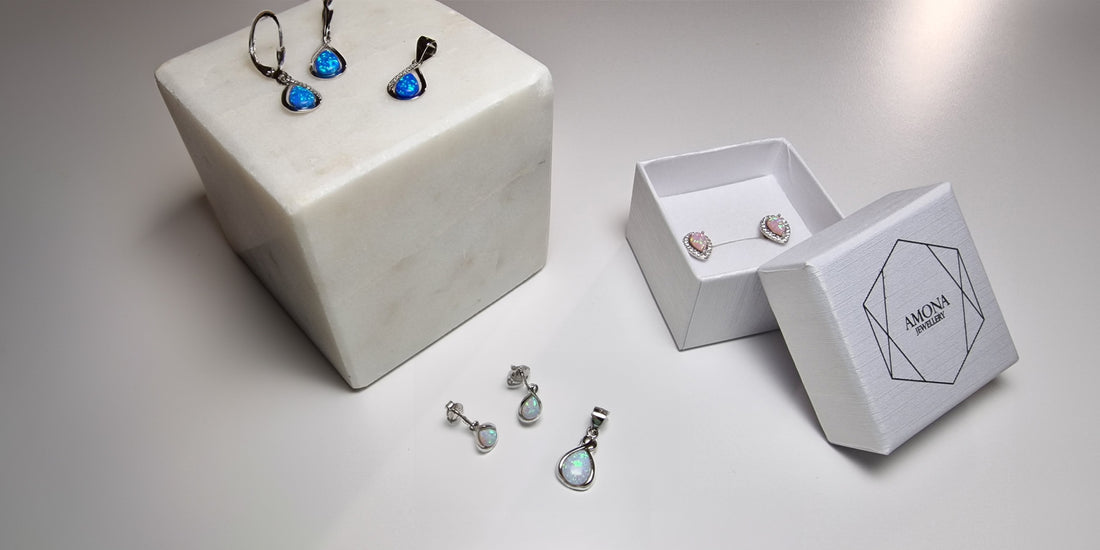Opal is a fascinating gemstone that has captivated people's imaginations for centuries. Its story is intertwined with ancient legends and rich folklore.
Opal name origin
The word "opal" originates from the Greek word "opallos," which means "to see a change in color." This is because opals exhibit a unique phenomenon known as play-of-color, where the stone displays vibrant flashes of various colors when light interacts with its internal structure. These colors can include hues of blue, green, red, orange, and yellow, among others.

Ancient Origins
The origins of opals can be traced back to around 4,000 BCE. The first known opal artifacts were discovered in a cave in Kenya, indicating that opals were valued by early humans for their beauty.
Opals have been a source of fascination since ancient times. The ancient Greeks believed opals were the tears of Zeus.
The Romans were particularly fond of opals and considered them to be among the most precious gemstones. Opals were associated with hope and purity, and they were often used in jewelry and amulets. Ancient Romans believed that opals were the most precious and powerful gemstones because they contained the colors of all other gems.
Middle Ages
Opals became popular during the Middle Ages, especially among European royalty and the nobility. Opals were believed to bring great luck because it was believed the stone possessed all the virtues of each gemstone whose colour was represented in the colour spectrum of the opal. They were seen as a talisman, protecting the wearer from disease and offering the power of invisibility if wrapped in a bay leaf.
In the 19th century, opal's popularity soared when Queen Victoria became an avid collector and wearer of opals. This British monarch gifted opals extensively, promoting the gemstone within royal circles and beyond, and firmly establishing its place in the world of fine jewellery.
Opal took an unexpected turn during the late Victorian era when it became associated with bad luck – an unfounded superstition. Thankfully, this reputation has faded, and opal's rightful place as a stone of wonder and beauty is now uncontested.

Modern Opal Industry
Today, opal is more loved than ever, especially in the world of jewellery. Its unique play-of-colour means that every single piece is one-of-a-kind. Opals add a unique touch to any jewellery piece. They are used in various forms of jewelry, including rings, earrings, necklaces, and bracelets.
Birthstone
Opal also plays a starring role in birthstone jewellery, as it's the traditional stone for those born in October. Its vibrant colour spectrum beautifully represents the changing leaves of autumn.
Throughout its history, the opal has been associated with different cultural beliefs and mythologies. It continues to captivate people with its unique changing colors. You can check our jewelley collection with opal and other gemstones and how to take care of opal jewels.
Thanks for joining us on this journey into the magical world of opals. We hope it adds a little more sparkle to your day. Until next time, keep shining!

